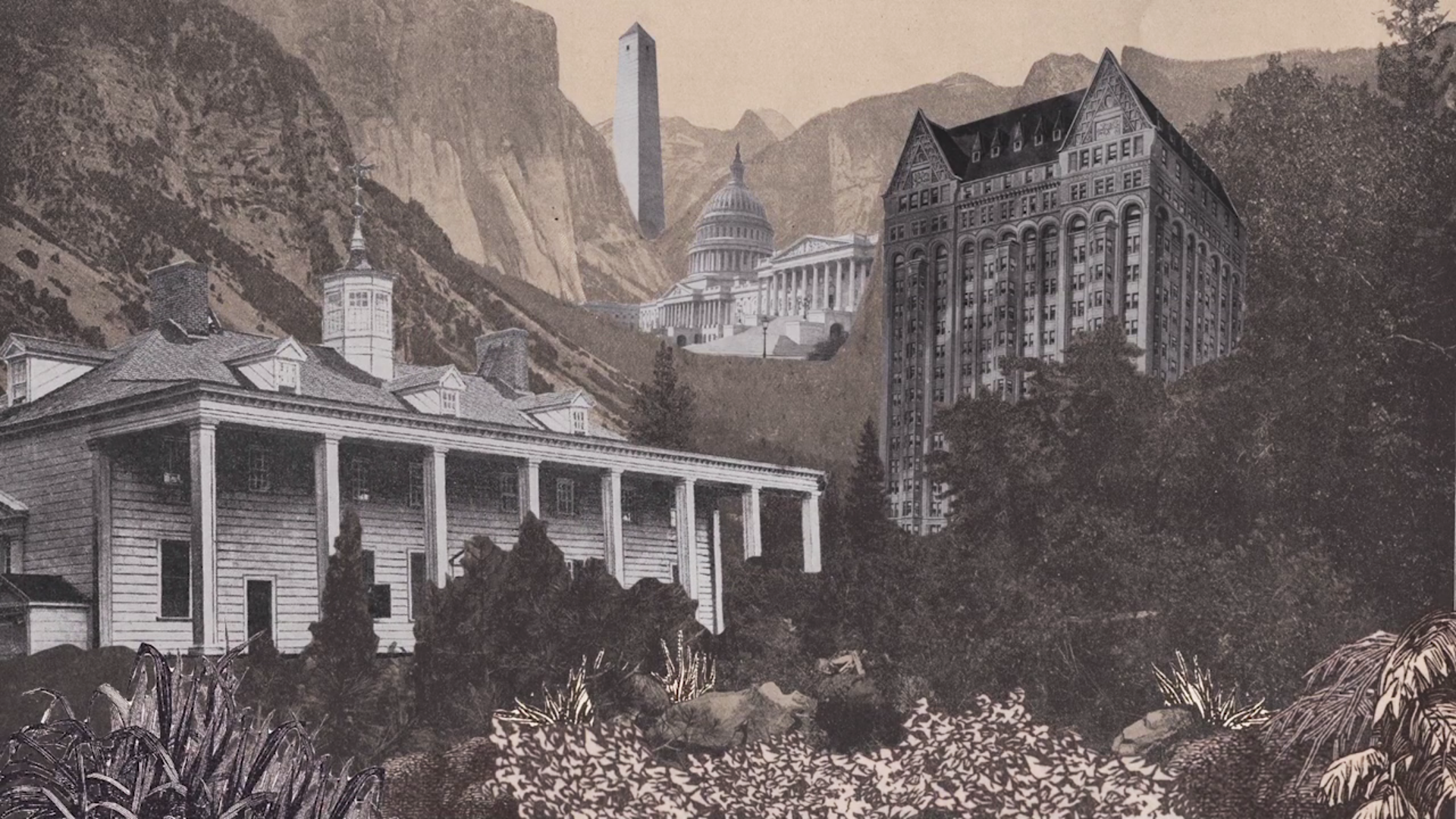

Trophy Hunted by Corinne Teed
October 1, 2017 @ 8:00 am - November 3, 2017 @ 5:00 pm
As a research-based artist, my work explores identity in the context of human and non-human animal interactions. Through printmaking, installation, time-based media and participatory projects, I collaboratively re-imagine multispecies communities of cross-species empathy in this era of environmental devastation and climate change. I often include participatory and collaborative practices to integrate others’ voices and experiences into my work. Participants are encouraged to reflect on their relationships to animals amidst ecological crisis, and on aspects of human identity.
In the work presented here at Berea College in Trophy Hunted, I question our human role in wild landscapes with a particular focus on contemporary and historical relationships to Gray Wolves. Wolves are a keystone species, meaning they are a predator whose presence or absence has a disproportionally large effect on the surrounding ecosystem. With such a significant impact on ecosystems, wolves raise complicated questions about habitat usage and human/wolf relationship. For example, while gray wolves have been exterminated from Kentucky for over 150 years, a wolf from a Great Lakes pack crossed into the state in March of 2013 and was killed in Hart County.
The Trophy Hunted print series uses photographs that trophy hunters post to the internet holding up wolves they have killed. I remove the hunter from the photograph, their silhouette haunting the fragility of the wolf carcass carved into a relief print. The hunter is surrounded by plant species who share ecosystems with wolves and are currently categorized as threatened – including White Pine, Bulrush, Lakeside Daisy, Dwarf Lake Iris, Houghton’s Goldenrod, and Ash. These prints resonate with the work in Therophobia, which explores gray wolves as ecological subjects and contentious figures in American history. The animation appropriates settler colonial imagery while the audio is constructed from interviews I conducted with wolf biologists and indigenous leaders.
Work in Trophy Hunted was supported by a fellowship residency from the Virginia Center for Creative Arts, an artist residency at ACRE, a faculty research grant from Minnesota State University Moorhead and the participants in interviews for Therophobia and portraiture for Mapping the Burrows.
